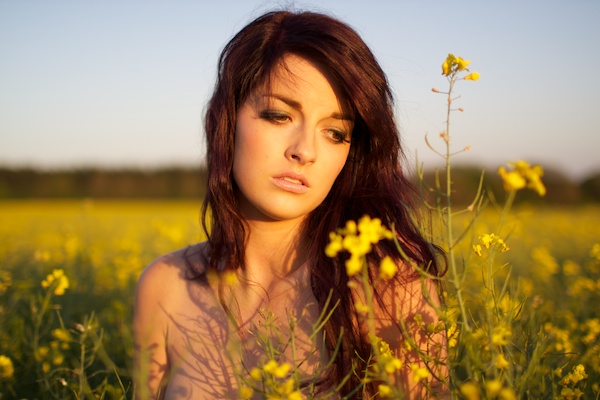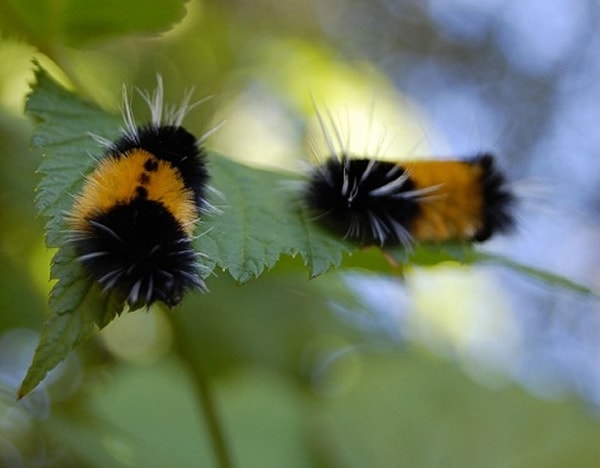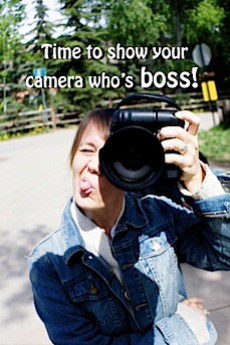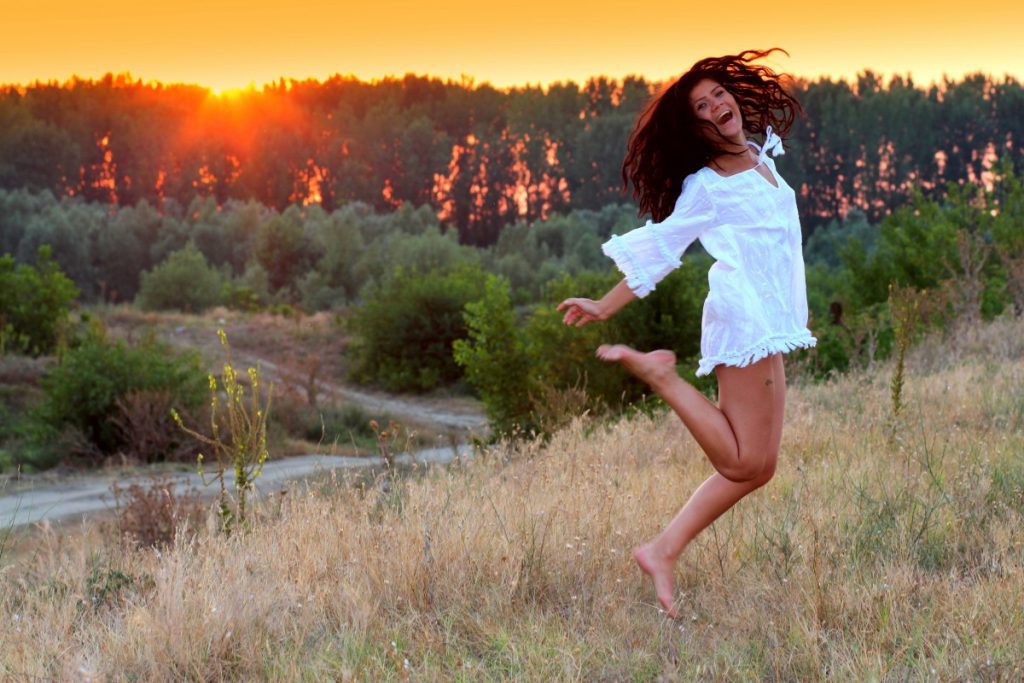Taking photos of people outside can be difficult sometimes, especially when the weather just won’t play ball and you struggle to get the lighting just right. However outdoor photography can be some of the most stunning photography you can do, and this is why so many people take advantage of the great outdoors for their websites and blogs.
Of course, you might have to supply some props every now and gains such as petals and Evergreens Artificial Grass, but in general you should be able to find some stunning views outside which you would never recreate indoors.
Depth of Field

20 Tips for Shooting With a Shallow Depth of Field
Depth of field is a term used to describe the space which is in front and behind the sharply focussed element of a photograph. This is a theme used a lot in the great outdoors because you will often have the subject stood in front of trees, flowers or a mountain scene. You may even place the subject in the middle of a meadow and have them behind some flowers. You can adjust your depth of field in order to create different effects for your images. For example you may want to have flowers in front of the subject blurred and the subject sharp- this would be called low depth of field. Whereas if you want everything in the image to be clear this would be a high depth of field. In outdoor photography this can be a game change in how your final images come out.
ISO
Camera ISO. ISO settings in digital cameras.
You may have seen the word ISO appear on your camera but never really understood what it meant. The ISO of your camera is the International Standards Organization, which is a measurement of the light sensitivity of your camera. The camera you have will dictate the ISO level, and the more high need cameras will have a much higher ISO level than the others. The reason that having ISO is important for outdoor photography is that it is able to pick up subtle light much better, meaning that even if the lighting in your location isn’t as great are you had hoped, you will still be able to pick up a decent amount of light.
White Balance

Tips And Tricks For Shooting In Daytime Lighting Conditions
White balance is what makes the colours in your image look the way they should do. Because visible light is made up of lots of different colours, we will often interpret colours slightly differently and this can alter them from what is natural. On your camera you may have an AWB setting which will adjust the white balance of an image automatically and correct the colours to what they should be naturally. This can be a great help for you in making sure that your outdoor photographs reflect the natural beauty of the surroundings.
Daylight Camera Settings

Moving Toward Manual Settings: Understanding Basic Daylight Exposure and Equivalent Exposure
You would think that standing outside in the sun is the best possible lighting for your images, but it actually isn’t the case all of the time. When the sun is high and bright in the air it can cast shadows, cause a slight warm glow to the area and you can end up with a squinting subject. However if you take advantage of slightly shaded areas or an overcast day, you will get the lighting you need without ha info to adjust the brightness afterwards. Sunlight can be amazing for landscape shots, but when it comes to portraits it is better to have a slightly cloudy day.





